My preference is to deal with the inputs, when possible, and in this case if you have control over the python script, it may be preferable to simply modify that, so that Excel's default behavior interprets the file in the desired way.
Borrowing from this similar question with a million upvotes, you can modify your python script to include a non-printing character:
output.write('"{0}\t","{1}\t","{2}\t"\n'.format(value1, value2, value3))
This way, you can easily double-click to open the file and the contents will be treated as text, rather than interpreted as a numeric/date value.
The benefit of this is that other users won't have to remember to use the wizard, and it may be easier to deal with mixed data as well.
Example:
def writeit():
csvPath = r'c:\debug\output.csv'
a = '4-10'
b = '10-0'
with open(csvPath, 'w') as f:
f.write('"{0}\t","{1}\t"'.format(a,b))
Produces the following file in text editor:

And when opened via double-click in Excel:



